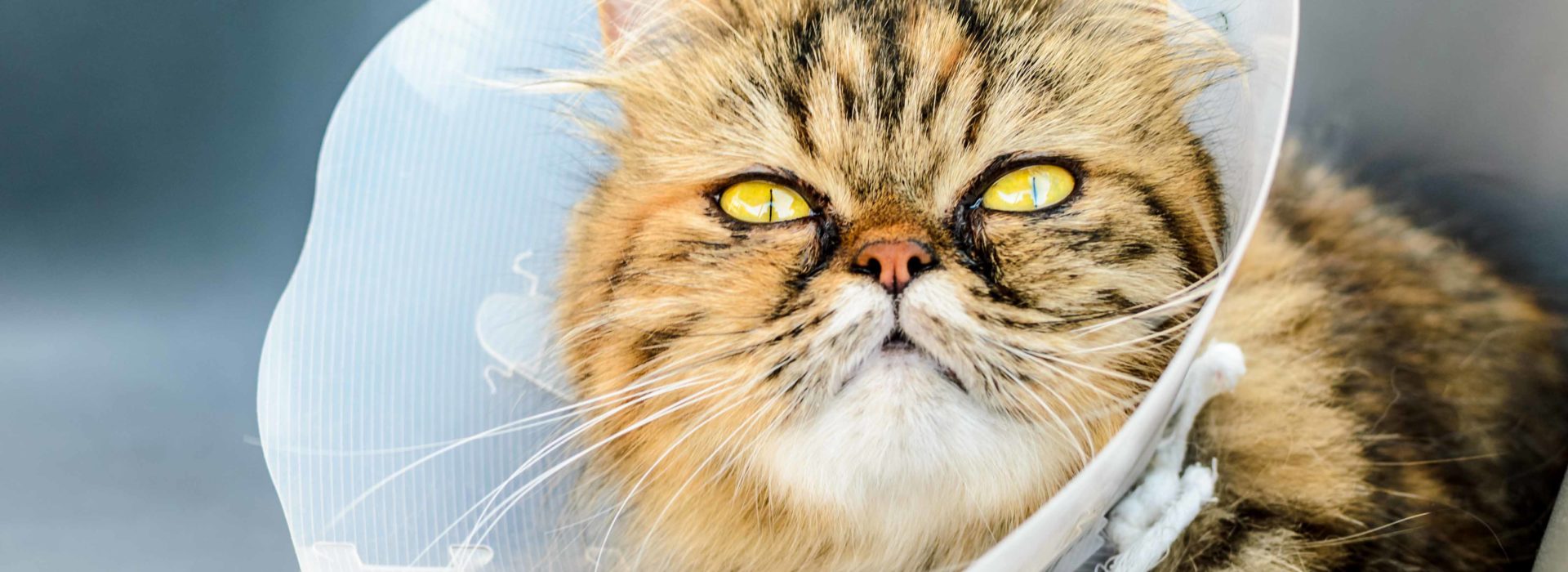Spaying and neutering is the most common surgical procedure performed at most veterinary clinics. It is the most responsible decision a pet owner can make, and it has numerous advantages, from health benefits for your cat to helping with pet overpopulation, which is a devastating issue in shelters and pet rescues all over the world.
What is spaying or neutering?
Neutering is the surgical removal of the testicles of a male cat. Spaying is the surgical removal of the ovaries and uterus of a female cat.
When should I neuter/spay my cat?
We recommend neutering/spaying your cat at around 6 months of age. At this age, there aren’t the safety risks of putting young kittens under anesthesia, while it is also just before cats usually enter sexual maturity, which can occur as early as 7-months-old. When they haven’t yet hit sexual maturity, there is less blood flow to the reproductive organs, also reducing the risk of complications and often resulting in an easier recovery for your cat.
What is the procedure to spay/neuter a cat?
The night before your cat’s surgery, you need to take the food away at 10:00 pm; water can still be given. The day of the surgery, your cat needs to be dropped off at our clinic between 7:30-8:00 am. This ensures all surgical patients are checked in and ready to go by the time the veterinarian arrives. When you drop your cat off, we will go over the surgical consent form with you, as well as offer the options of blood work, IV fluids, and extra pain medication to go home, all of which are at additional cost. All surgeries are done in the morning to allow them to rest and recover in the afternoon, before going home. In most cases, your cat will be able to go home between 4:00-7:00 pm that same day. During the 10-14 days following your cat’s surgery, it is recommended to restrict their physical activity to allow the surgical site to heal.




